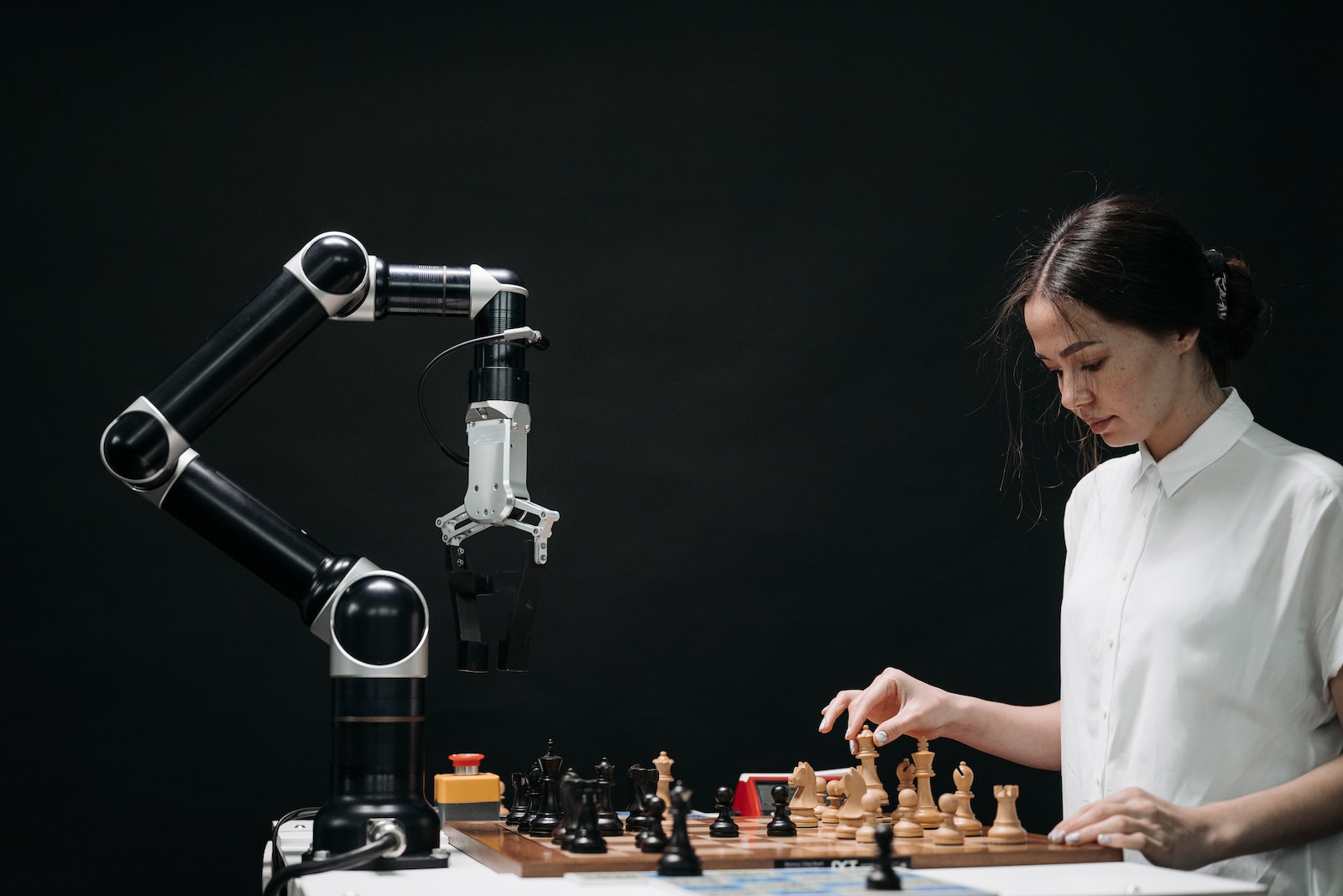Artificial intelligence (AI) is an area of computer science that enables the creation of intelligent machines that work and react like humans. Some of the activities computers with artificial intelligence are designed for include:
• Knowledge
• Reasoning
• Perception
• Speech recognition
• Learning
• Planning
• Problem solving
• Visual skills
There are five basic fundamental building blocks for Artificial intelligence (AI) which allow development and implementation Artificial intelligence (AI) possible.
1. Machine Learning
Machine learning is an application of artificial intelligence (AI) that provides systems the ability to automatically learn and improve from experience without being explicitly programmed. Machine learning focuses on the development of computer programs that can access data and use it learn for themselves.
The process of learning begins with observations or data, such as examples, direct experience, or instruction, in order to look for patterns in data and make better decisions in the future based on the examples that we provide. The primary aim is to allow the computers learn automatically without human intervention or assistance and adjust actions accordingly.
2. Deep Learning
Deep learning is a type of machine learning that trains a computer to perform human-like tasks, such as recognizing speech, identifying images or making predictions. Instead of organizing data to run through predefined equations, deep learning sets up basic parameters about the data and trains the computer to learn on its own by recognizing patterns using many layers of processing.
3. Natural Language Processing
Natural Language Processing (NLP) is a key building block that will help computers learn, analyze, and understand human language. NLP can be put to use to organize and structure knowledge in order to answer queries, translate content from one language to another, recognize individual people by their speech, mine text, and perform sentiment analysis. Besides improving customer service, natural language processing-capable systems will, over time, learn to resolve issues automatically.
4. Natural Language Generation
Natural language generation (NLG) is the use of artificial intelligence (AI) programming to produce written or spoken narrative from a dataset. NLG is related to computational linguistics, natural language processing (NLP) and natural language understanding (NLU), the areas of AI concerned with human-to-machine and machine-to-human interaction.
NLG research often focuses on building computer programs that provide data points with context. Sophisticated NLG software has the ability to mine large quantities of numerical data, identify patterns and share that information in a way that is easy for humans to understand. The speed of NLG software is especially useful for producing news and other time-sensitive stories on the internet. At its best, NLG output can be published verbatim as web content.
5. Visual Recognition
Image recognition, in the context of machine vision, is the ability of software to identify objects, places, people, writing and actions in images. Computers can use machine vision technologies in combination with a camera and artificial intelligence software to achieve image recognition.
Image recognition is used to perform a large number of machine-based visual tasks, such as labeling the content of images with meta-tags, performing image content search and guiding autonomous robots, self-driving cars and accident avoidance systems.











